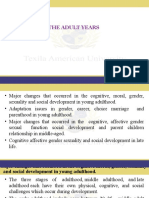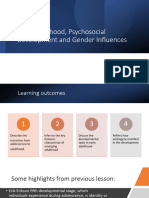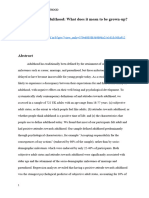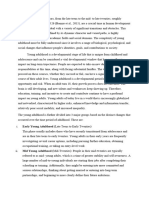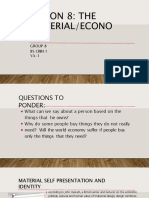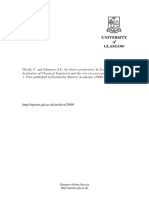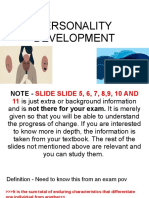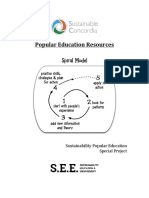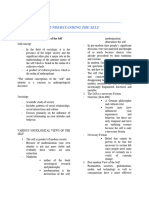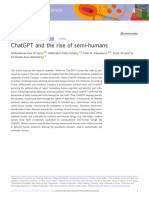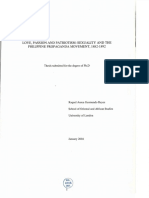0% found this document useful (0 votes)
14 views7 pagesWeek 6 Assignment
Emerging adulthood, a stage identified by Jeffrey Arnett, spans ages 18 to 25 and is characterized by exploration, identity formation, and emotional instability. This period is influenced by societal changes such as delayed marriage and increased educational pursuits, leading to unique cognitive, emotional, and social challenges. Understanding this stage is crucial for supporting individuals as they navigate their transition to independence and adulthood.
Uploaded by
MeHaK MusTaFa MaHaRCopyright
© © All Rights Reserved
We take content rights seriously. If you suspect this is your content, claim it here.
Available Formats
Download as DOCX, PDF, TXT or read online on Scribd
0% found this document useful (0 votes)
14 views7 pagesWeek 6 Assignment
Emerging adulthood, a stage identified by Jeffrey Arnett, spans ages 18 to 25 and is characterized by exploration, identity formation, and emotional instability. This period is influenced by societal changes such as delayed marriage and increased educational pursuits, leading to unique cognitive, emotional, and social challenges. Understanding this stage is crucial for supporting individuals as they navigate their transition to independence and adulthood.
Uploaded by
MeHaK MusTaFa MaHaRCopyright
© © All Rights Reserved
We take content rights seriously. If you suspect this is your content, claim it here.
Available Formats
Download as DOCX, PDF, TXT or read online on Scribd
/ 7






